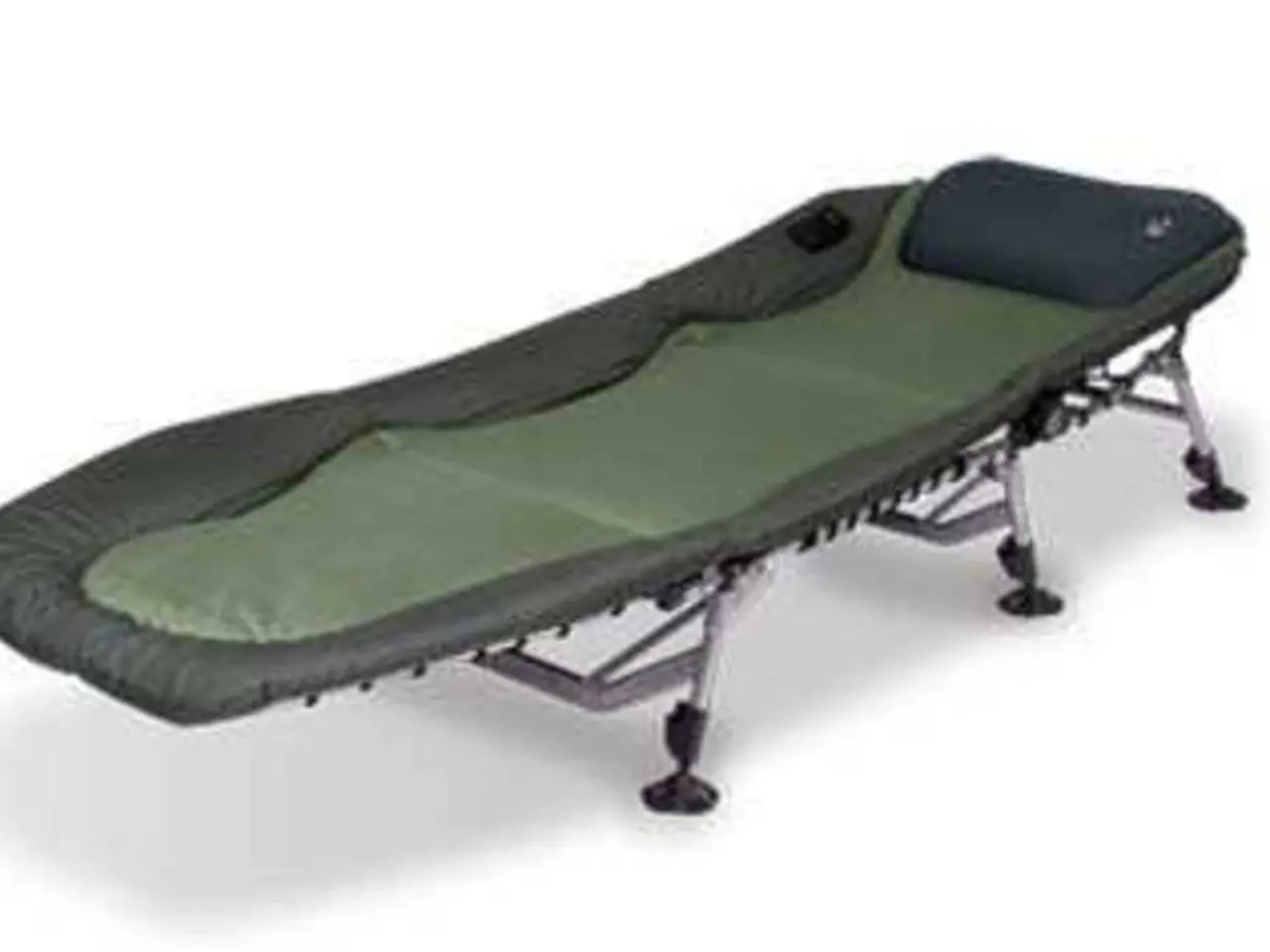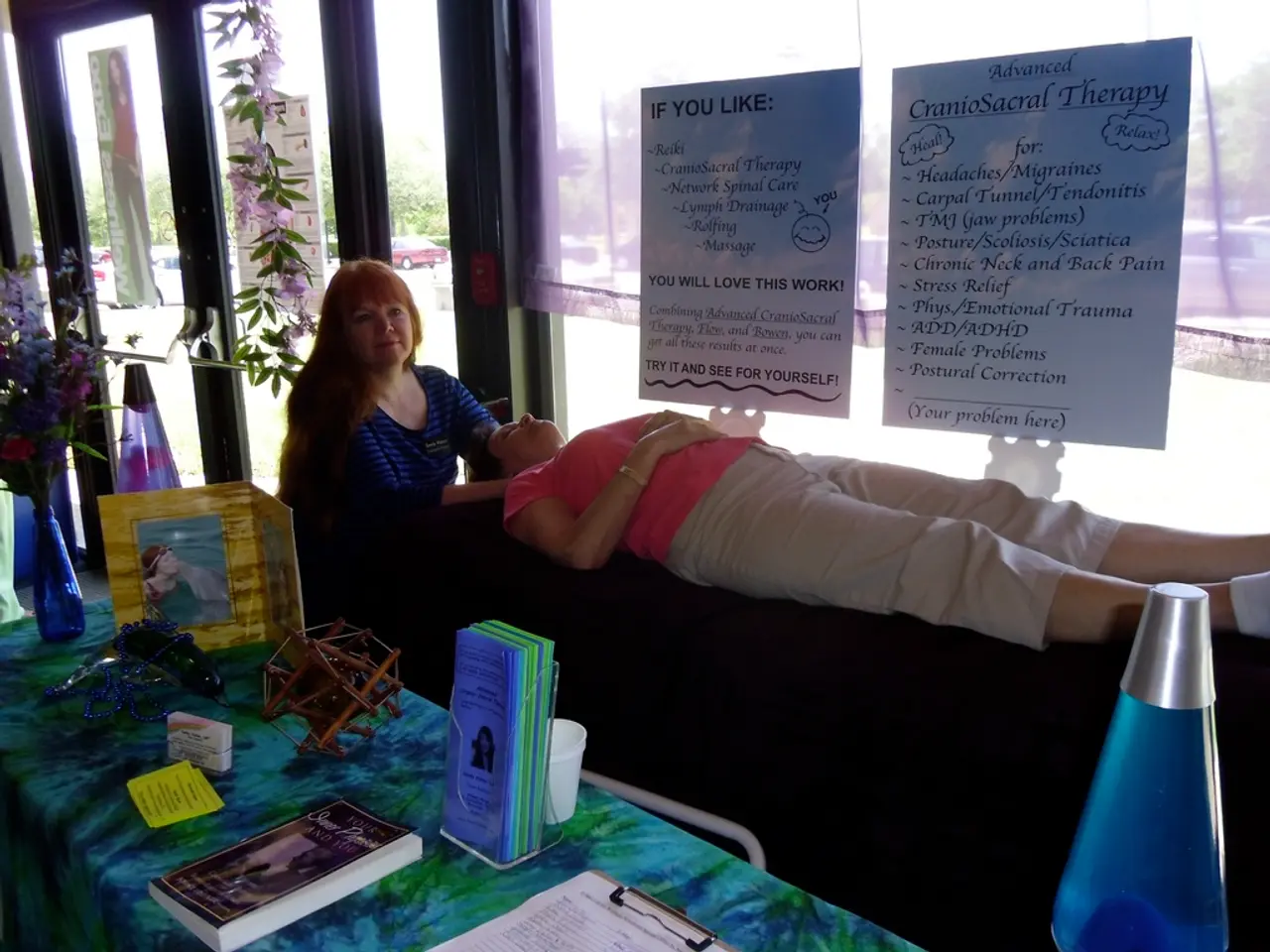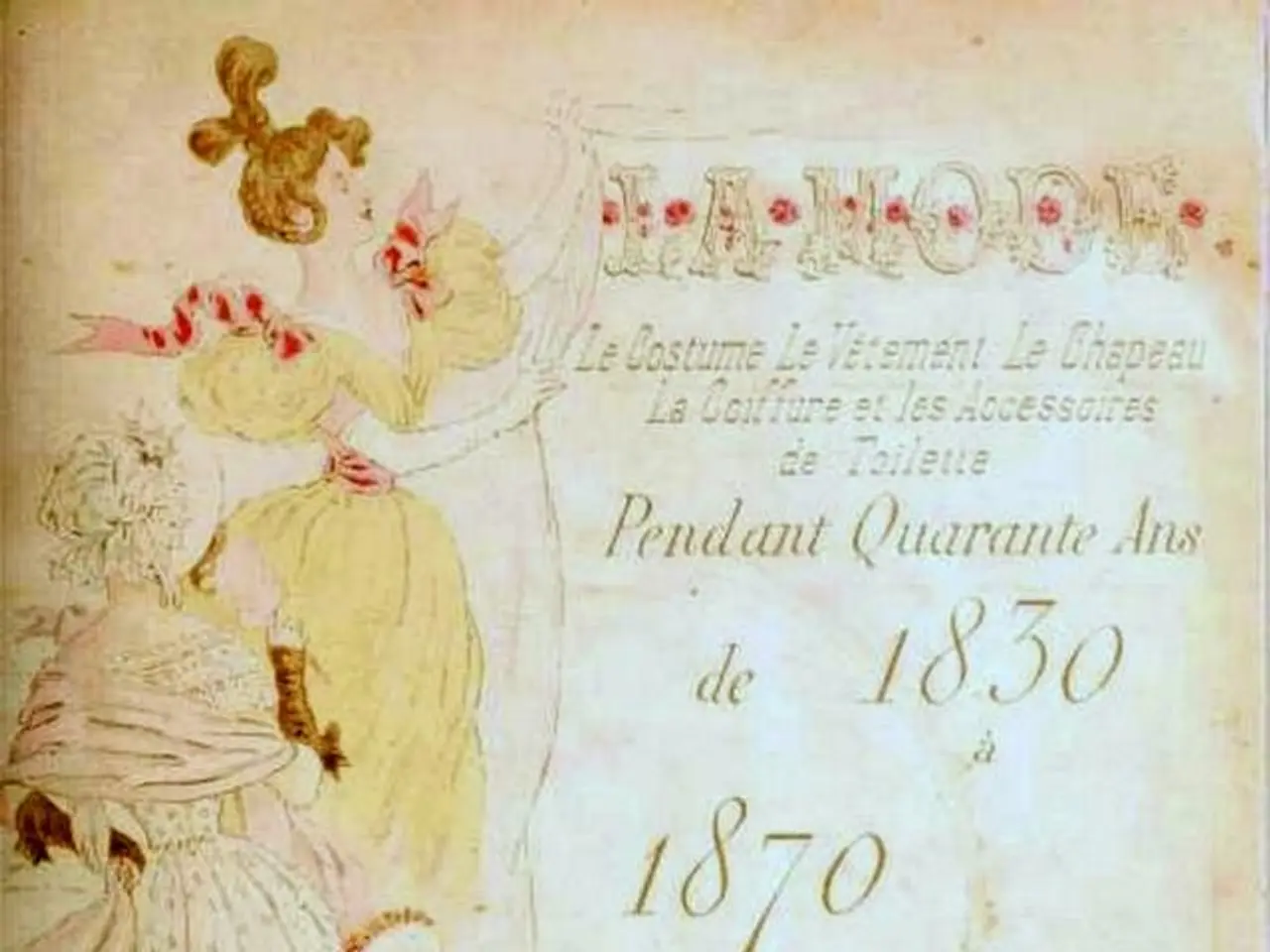Acne Terminology Explained: Comprehensive Guide to 40 Common Acne-Related Words
Acne, a common skin condition affecting millions worldwide, is characterized by various types, each requiring distinct treatments based on their causes and symptoms. Here's an overview of common acne types, their causes, and treatments.
## Types of Acne
### Non-Inflammatory Acne
Non-inflammatory acne includes blackheads and whiteheads.
**Blackheads** appear as dark spots due to excessive sebum, dead skin cells, and oxidation. Symptoms include dark bumps with a raised texture, but no pain. Treatments for blackheads include over-the-counter (OTC) medications, topical retinoids, salicylic acid, and comedone extraction.
**Whiteheads**, on the other hand, are closed comedones that appear as white or flesh-colored bumps. They are caused by clogged pores with sebum and dead skin cells. Symptoms include whitish or flesh-colored bumps without pain. Treatments for whiteheads are similar to those for blackheads, with a focus on unclogging pores using salicylic acid and retinoids.
### Inflammatory Acne
Inflammatory acne includes papules, pustules, nodules, and cysts.
**Papules** are small, red bumps without pus, caused by clogged pores with bacteria. Symptoms include redness and slight swelling. Treatments for papules include benzoyl peroxide, sulfur, and antibiotics.
**Pustules** are red pimples with white or yellowish centers, caused by bacteria trapped in pores. Symptoms include redness, swelling, and pus. Treatments for pustules include benzoyl peroxide, antibiotics, and sulfur.
**Nodules** are large, hard bumps under the skin, caused by deep-seated inflammation. Symptoms include hard lumps and pain. Treatments for nodules include antibiotics and isotretinoin for severe cases.
**Cysts** are painful, pus-filled lumps, caused by deep inflammation. They can cause scarring and occur in people with severe acne. Treatments for cysts include antibiotics, isotretinoin for severe cases, and intralesional injections.
### Cystic Acne
Cystic acne is a severe form of acne characterized by large, painful cysts. It often requires more aggressive treatments, including oral antibiotics and isotretinoin.
## Common Treatments for Acne
- **Topical Treatments**: Benzoyl peroxide, sulfur, salicylic acid, topical retinoids, and antibiotics (like clindamycin and erythromycin) are commonly used topical treatments. - **Oral Treatments**: Oral antibiotics (e.g., minocycline), oral isotretinoin for severe cases, and oral contraceptives for hormonal acne are common oral treatments. - **Preventive Measures**: Proper skincare (gentle cleansing, non-comedogenic products), regular exfoliation, and avoiding triggers like hormonal fluctuations and excessive oil production are essential preventive measures.
Acne is a complex skin condition that can involve various types, such as blackheads, whiteheads, papules, pustules, cysts, and nodules. A pimple is a small papule or pustule. Cystic acne is a severe form of acne where the person develops multiple cysts. Nodulocystic acne is a severe form of acne characterized by multiple inflamed and uninflamed nodules. Antibiotics are drugs used to treat infections, including bacterial overgrowth related to acne. Severe acne is categorized as having more than 125 lesions. Acne lesions are physical changes in the skin caused by an infection of the sebaceous follicle. Hormonal treatments may be prescribed for people with hormonal acne, even if their blood hormone levels are normal. Tetracycline is an antibiotic often prescribed to treat acne. Androgens are hormones that stimulate oil glands and hair follicles in the skin, which can lead to acne. Stress causes increased androgen levels, potentially leading to acne breakouts. Hair follicles are small cavities in the skin from where a hair grows and into which the oil glands open. Propionibacterium acnes (P. acnes) is a natural bacterium on the human skin with links to acne.
- Prurigo, a medical-condition, is characterized by clusters of itchy nodules on the skin, which can resemble severe cases of non-inflammatory acne like nodularis acne.
- In the realm of health-and-wellness, it's crucial to emphasize skin-care practices that minimize oil production and prevent clogged pores, a common cause of several acne types.
- Science continues to advance our understanding of acne, leading to new treatments for complex conditions such as prurigo, beyond traditional acne treatments like topical retinoids and oral antibiotics.




